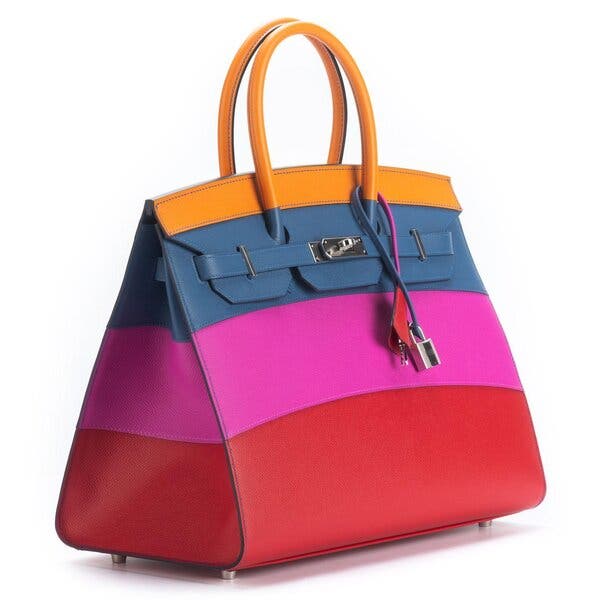First of Its Kind, Last of Its Kind tells the story of an exceptional accessory and the archival piece that inspired it.
In 1984, on an Air France flight from Paris to London, the English actress and singer Jane Birkin dropped her straw carryall, spilling its contents across the floor. The man in the seat next to hers, Jean-Louis Dumas, then the executive chairman of Hermès, suggested that she get a replacement with compartments big enough to hold her things. Birkin, who had three children, complained that nothing practical was ever elegant enough. As they flew over the English Channel, they traded ideas and sketches for what would become known as the Birkin, a handbag so enduringly popular that it can still take months or even years to acquire. “I think I drew it on the sick bag — or the not-be-sick bag,” Birkin, who died last year, would later recall. “And he said, ‘I’ll make it for you.’” In his prototype, Dumas incorporated the trapezoidal shape and top flap of the Haut à Courroies, the French luxury house’s first bag, which was introduced in the late 1800s and could fit a saddle as well as riding boots.

This fall, Pierre Hardy, Hermès’s creative director of high jewelry, unveils the Birkin’s most exuberant iteration yet: a bejeweled take on the classic bag, with asymmetrical slabs of white or yellow gold that give the illusion of crocodile leather. To achieve the piece’s vibrant gradient — which was partly inspired by the house’s archive of over 75,000 different colors of silk — Hardy encrusted each one with nearly 3,000 diamonds, amethysts, spessartite garnets, aquamarines and sapphires in pale blue, yellow and pink. “Color is a natural resource on which we can draw infinitely,” says Hardy, who studied art at L’Ecole Normale Supérieure de Cachan in Paris. “I have not sought to restrict but rather to allow.”
Photo assistant: Hugo Varaldi
This post was originally published on this site be sure to check out more of their content.






